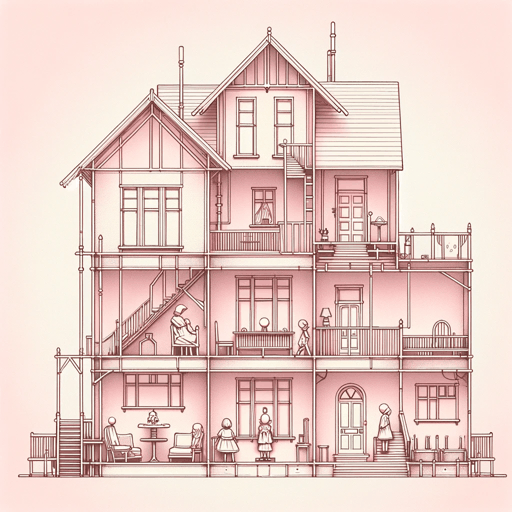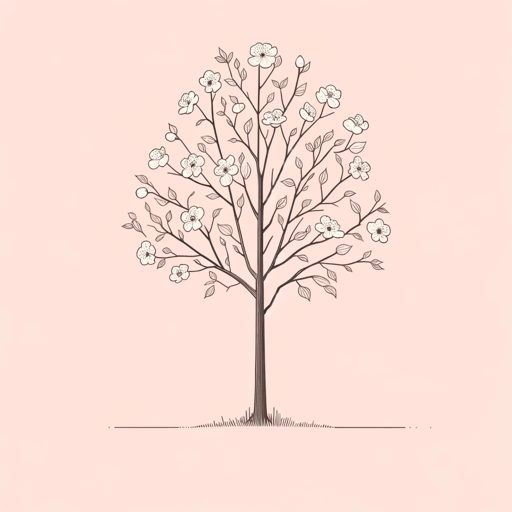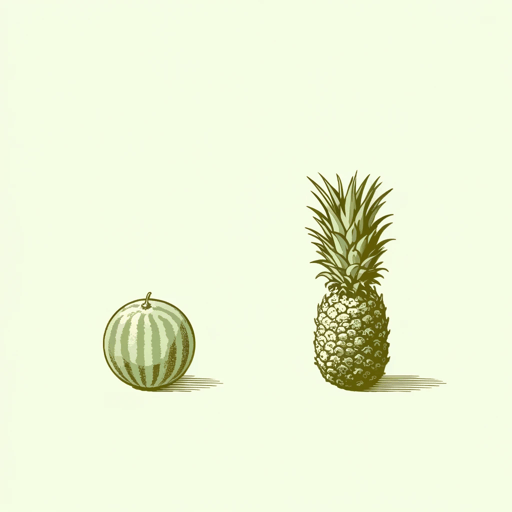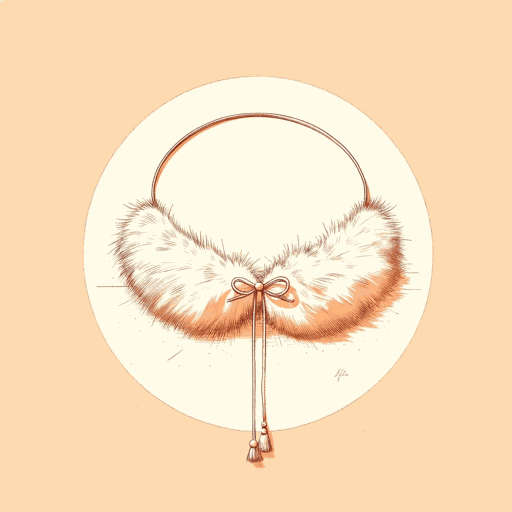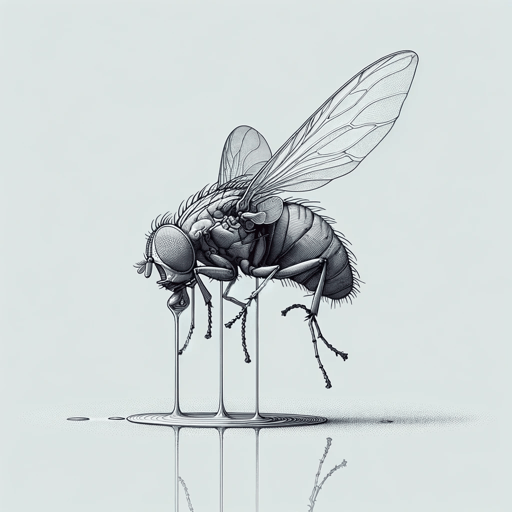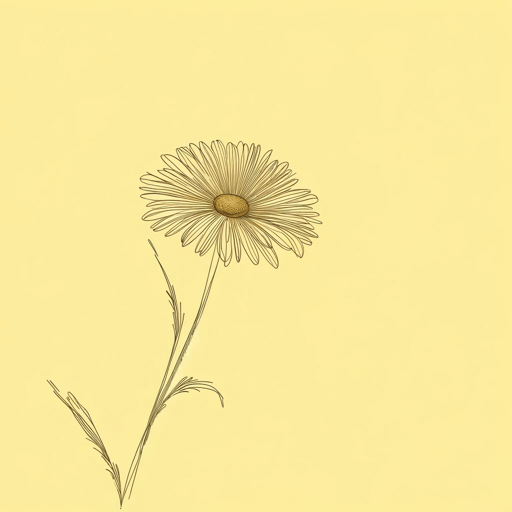28 pages • 56 minutes read
Katherine MansfieldThe Doll's House
Fiction | Short Story | Adult | Published in 1922A modern alternative to SparkNotes and CliffsNotes, SuperSummary offers high-quality Study Guides with detailed chapter summaries and analysis of major themes, characters, and more.
Important Quotes
“There stood the Doll's house, a dark, oily, spinach green, picked out with bright yellow. Its two solid little chimneys, glued on to the roof, were painted red and white, and the door, gleaming with yellow varnish, was like a little slab of toffee. Four windows, real windows, were divided into panes by a broad streak of green. There was actually a tiny porch, too, painted yellow, with big lumps of congealed paint hanging along the edge.”
(Pages 1-2)
Mansfield uses colorful imagery to establish the girls’ first impression of the doll’s house. Attractive diction is juxtaposed alongside revolting diction, creating the sense that the doll’s house is not as thoroughly good or wholesome as the children initially perceive it to be: Children love “toffee” but hate “spinach,” and the paint is both “gleaming” and “congealed.”
“How much more exciting than peering through the slit of a door into a mean little hall with a hatstand and two umbrellas! That is—isn’t it?—what you long to know about a house when you put your hand on the knocker. Perhaps it is the way God opens houses at the dead of night when He is taking a quiet turn with an angel…”
(Page 2)
This instance of free indirect discourse allows Mansfield to escort the reader from the mind of a child and into an adult consciousness. This jolting aside disrupts the text and highlights the power of children, showing that their imagination allows them to access previously impermeable hierarchies of space.
“The father and mother dolls, who sprawled very stiff as though they had fainted in the drawing-room, and their two little children asleep upstairs, were really too big for the doll's house. They didn't look as though they belonged. But the lamp was perfect. It seemed to smile at Kezia, to say, ‘I live here.’ The lamp was real.”
(Page 3)
Mansfield toys with anthropomorphism, occasionally breathing life into inanimate objects. The lamp gains symbolic power as it “seemed to smile,” illustrating why Kezia becomes so infatuated with this part of the house that looks more “at home” than the actual dolls.
Related Titles
By Katherine Mansfield
